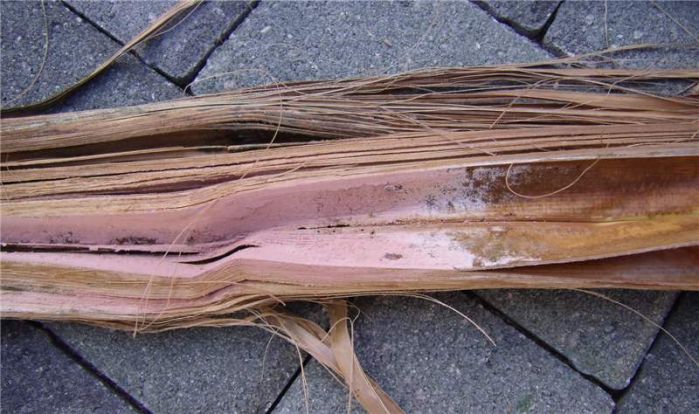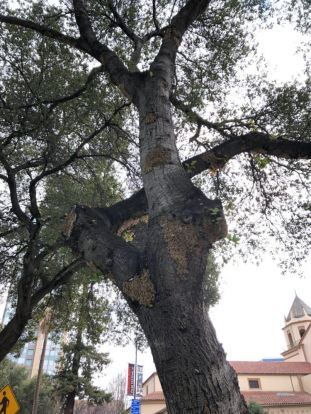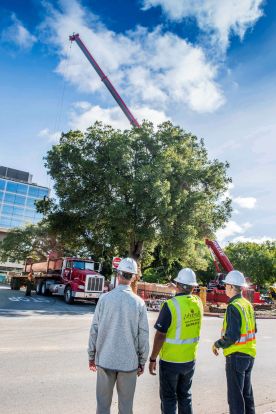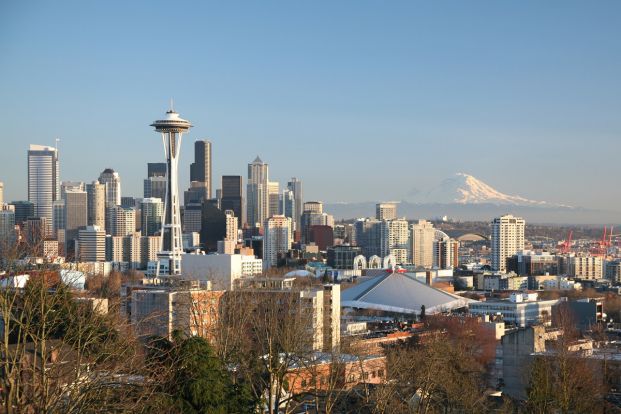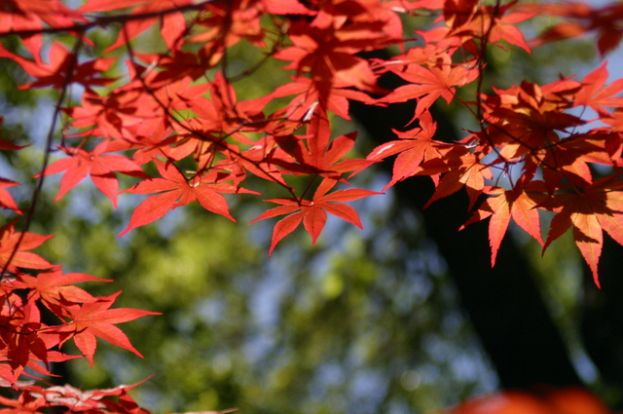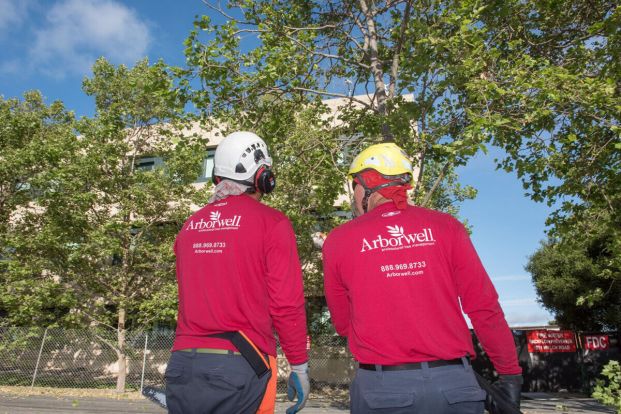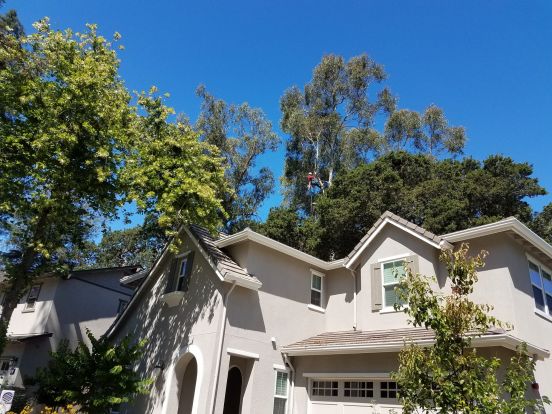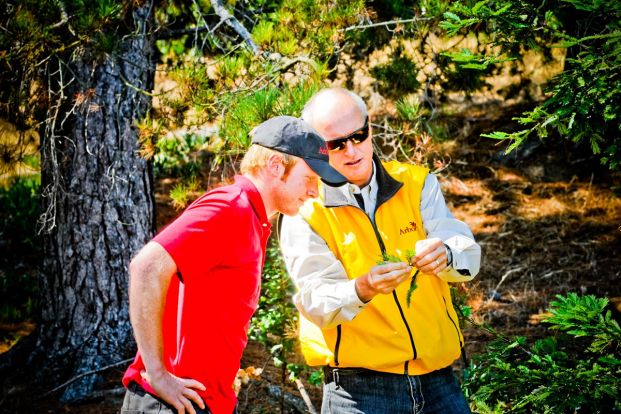Arbor-wellness: Pink Rot
What is Pink rot?
Pink Rot is a disease that attacks weak or stressed palm trees. Because palms cannot repair wood tissue, they are more susceptible to diseases like pink rot when damaged or pruned too severely. It can attack any portion of the palm, including the trunk, but it most often affects new growth.
What palms does it attack?
There are a number of palm trees that are susceptible to Pink rot. We mostly see it on Washington fan palm, king palm & queen palm.
What should I do about it?
Because there is almost always an underlying cultural problem that encourages pink rot to develop, you should try to determine that and correct the problem if possible. We can help to determine that, by the way. The underlying problem could be planting incorrectly, watered improperly, poor drainage, poor nutrition or even just the wrong palm for the site. It is important to avoid wounding a palm trunk, so even nailing something to the trunk or climbing a palm with tree spikes is not beneficial. Where it is possible to correct one or more of the above problems, it will create a longer-term solution for palm rot problems.
Can I treat the palm if it has Pink rot?
Yes, there are treatments for pink rot if the disease has not progressed too much. Treatments should begin as soon after discovery of the disease as practical. This includes a systemic treatment applied to the soil and regular fertilization with a palm specific fertilizer. Also, steps should be taken to change the conditions that are reducing the health of the palm tree. It is important to remember that if the underlying problem is not improved, there will be an ongoing need to treat the palm and it may eventually fail anyway.
If you are concerned about Pink rot or other problems on your palm trees, contact your Arborwell arborist to help you create the most effective management plan for them.
